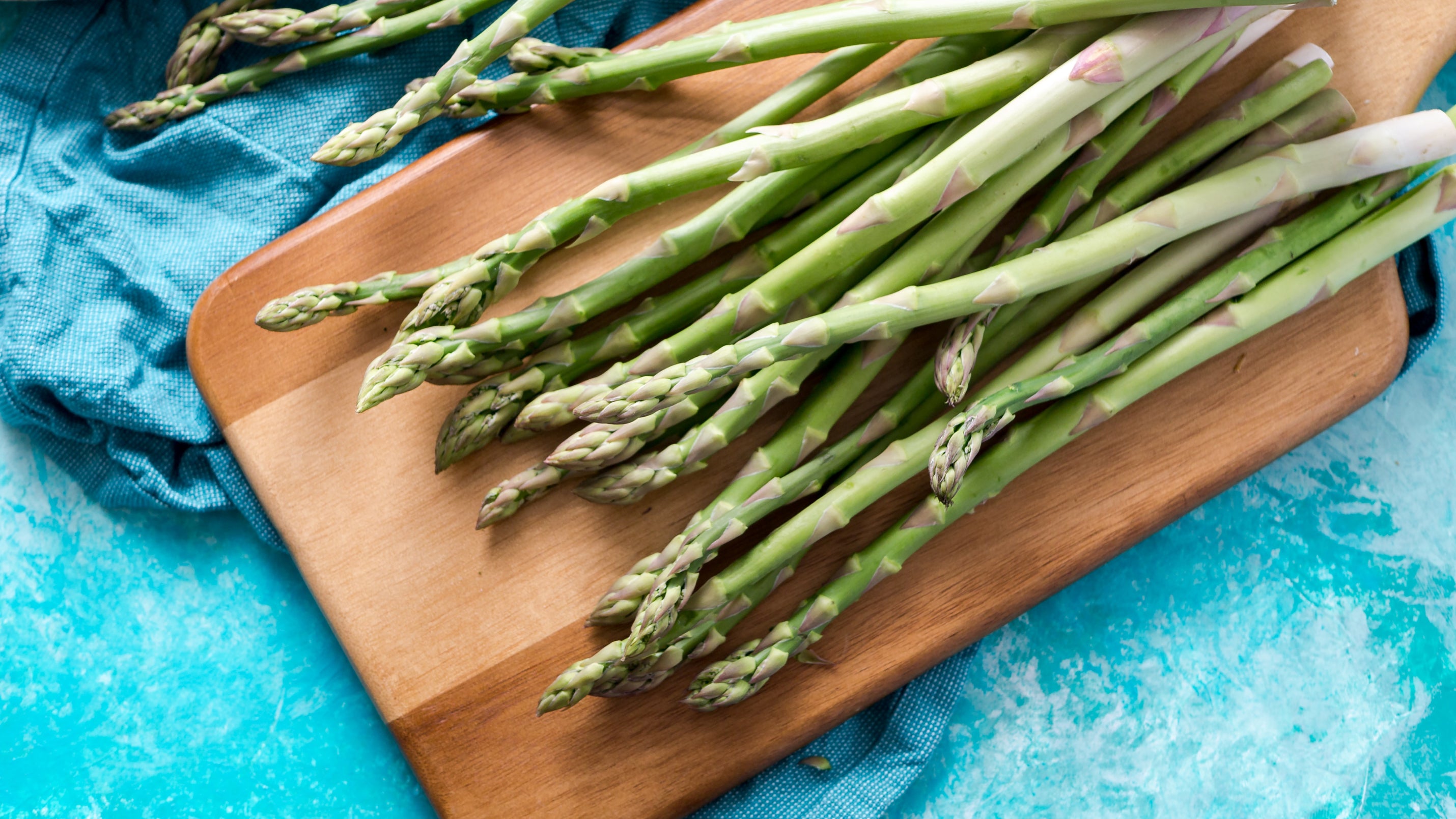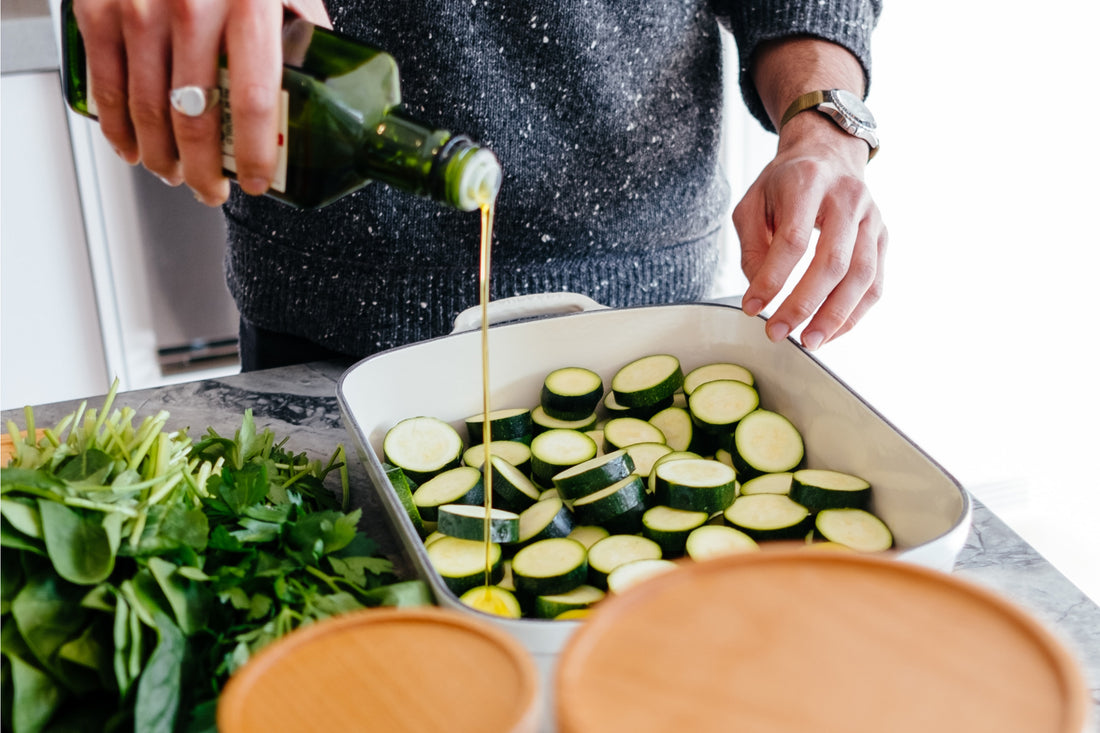Header Photo by Christine Siracusa on Unsplash
The human body consists of as many as 100 trillion microbes. If you put this in another way, human cells get outnumbered one to ten by microbes. Of these, the majority are found in the gut and large intestine, and play a crucial role in our gut health – which further impacts our overall health.
Known as the flora and fauna of the human gut, these microbes command our whole health ecosystem. Not only your physical health, but even your mental health can take a significant hit if the right balance and a nurturing atmosphere aren’t maintained in your gut.
Considering the importance of gut microbes, we will discuss what is the microbiome, how it works and the diet plans you should adopt to foster the growth of the microbiota in your body and improve your overall health.
What is the Microbiome?
A microbiome is the community of micro-organisms living together in a particular habitat. The bacteria inside the gut's microbiome are primarily responsible for proper digestion of food, regulating the immune system, protecting from harmful disease-causing bacteria, producing vital vitamins such as Vitamin B, B12, thiamine and vitamin K that are responsible for proper blood coagulation.
 Photo by Kindel Media from Pexels
Photo by Kindel Media from Pexels
The interest in the human gut microbiome has been on the rise for the last few decades, owing to the fact that several promising findings have been made that exhibit great potential on the role of the microbiome in regulating various physiological functions.
What is the Role Of Microbiomes in the Human Body
Microbiomes have a very important role to play in the development and maintenance of the human body. Some of the key processes where microbiomes play their part include:
-
They launch the immune system when needed. They also train the major components of the adaptive immune system to generate a required reaction when called upon.
-
They make a significant contribution to the nutritional requirements of the body. As they helps break down indigestible and complex dietary constituents and makes them readily available for absorption.
- They help in avoiding various diseases - For example – vaginal microbiomes can aid HIV-prevention drugs work more effectively, gut microbiomes can help generate a better response to chemotherapy in cancer patients and so on. Studies are still ongoing to establish links between microbiomes and diseases such as autism, obesity, diabetes and even anxiety.
- They protect from Pathogenic Organisms – Pathogenic organisms that usually enter our body when we consume stale and contaminated food or water can be very dangerous. Microbiomes work to suspend their overgrowth and provide protection from their harmful effects.
Probiotics and Microbiomes
 Photo by Tim-Oliver Metz on Unsplash
Photo by Tim-Oliver Metz on Unsplash
Since microbiomes are so important for our health, it is equally important on our part to ensure that we maintain a good environment within our bodies to allow them to foster and survive. Your dietary intake has a huge role to play here, and including probiotics in your daily diet could help to improve the quality of microbiomes in significantly less time.
Probiotics are available in both natural forms and as supplements. These contain active live colonies of helpful bacteria that promote digestive health. Probiotics are one of the most sought-after products, highlighted by the fact that the sales of probiotic supplements exceeded $35 billion in 2015 and are projected to easily cross $65 billion in 2024.
Microbiomes aren't as robust in children and the elderly as amongst the youth. Probiotics can be extremely useful at these stages and they can help improve the bacterial colonization process significantly. For those unwilling to take supplements, naturally occurring probiotics such as yogurt and pickles can be good alternatives and equally effective sources.
Microbiomes and Our Diet
The microbiota that lives inside our body are dependent on multiple factors – including the environment they live in, the medication we consume from time to time, our family genes and most importantly the diet that we consume. Combined together, all these factors eventually result in creating a unique microbiome for every person.
 Photo by Dose Juice on Unsplash
Photo by Dose Juice on Unsplash
Speaking of diet, the type of food you eat has a huge say in how the microbes grow within your gut. Food with high dietary fiber often affects the quantity and type of microbiomes negatively. This is because dietary fiber can only be broken by enzymes released by the microbiota, and this process of fermenting down the fiber releases short-chain fatty acids that lower the colon’s pH and hampers the growth of the microbiomes.
On the other hand, foods having indigestible carbohydrates and fiber like resistant starches, inulin, gums and pectins feed the beneficial microbiota, create a growing atmosphere and help them to expand the microbiomes colony within the gut.
Taking these factors in mind, below are some recommended diet plans and suggestions on what to eat and what to avoid. Following these suggestions might help you to increase the overall quantity of helpful microbiomes in your body and improve your overall health:
1. Try our Microbiome Diet Plan
This microbiome diet plan consists of three phases aimed at eating microbiota-promoting food that eventually reduces weight, improves gut health, eliminates cravings and boosts metabolism. The idea here is simple and direct – eat the right food to keep your gut microbiome healthy and achieve optimum health as a result.
 Photo by Alyson McPhee on Unsplash
Photo by Alyson McPhee on Unsplash
A) The first phase as part of this diet plan is ‘The Four R’s’, wherein you focus on:
Remove – the foods containing toxins and harmful chemicals that may create a hostile environment for the gut bacteria.
Repair – Repair the damage already done by switching to plant foods that heal the body from within.
Replace – Replace the food items that spoil the pH balance of the stomach with certain herbs, spices and supplements that replace the digestive enzymes and the stomach acid to promote the growth of quality bacterial microbiomes.
Reinoculate – Simply consume prebiotic and probiotic-rich food or take supplements to repopulate the gut with healthy bacteria.
B) The second phase of the microbiome diet plan aims at boosting your metabolism.
 Photo by Ella Olsson from Pexels
Photo by Ella Olsson from Pexels
Herein, a bit more flexibility is allowed and you can include dairy, eggs, legumes and gluten-free grain alongside your plant-based diet that you started in phase 1.
This phase also allows eating all kinds of fruits, even those with high starch content like mangoes and melons. This phase makes your gut microbes stronger and allows microbes to survive longer and in tougher conditions.
C) The third phase is just about maintenance.
Now that the microbiome in the gut has flourished in an encouraging environment and is becoming stronger even in tough conditions, the aim is to maintain that and not let it go back to the state from where you began.
In this phase, you can eat whatever you want one time a day, and stick to the controlled diet you adopted in phases 1 and 2 for the other two meals in the day. That being said, you should still try to avoid alcohol, processed food and added sugar as much as you can.
2. Food that Helps
Fruits and vegetables are a great source of nutrients for the microbiome to flourish. Besides, legumes, beans, fermented food, prebiotic food, whole grains, and polyphenol-rich food are also quite important for the microbiome. You should include the following food items in your diet to help the flora and fauna of your gut:
- Raspberries
- Artichokes
- Broccoli
- Lentils
- Chickpeas
- Beans
- Kimchi
- Yogurt
- Kombucha
- Tempeh
- Grape skin
- Almonds
- Blueberries
- Green Tea
- Red Wine
3. Food to Avoid
While the above-mentioned food items help positively, there are certain items that you should try to avoid if you want the microbiome in your gut to grow and prosper. The items include:
- Artificial Sweeteners (Ice Cream, Colas, Soft Drinks, Gums and similar processed food)
- Fried Food
- Excessively Fibrous Food
- Spicy Food
- Cabbage and its cousins
Following the suggestions outlined above not only improves the chances of a variety of microbiomes to foster inside your gut and survive for long, but it also opens a window for these microbiota to play their role and help your body in multiple ways. Eventually, it allows you to stay healthy and avoid diseases and health problems, leading to a fulfilling and happy life.







